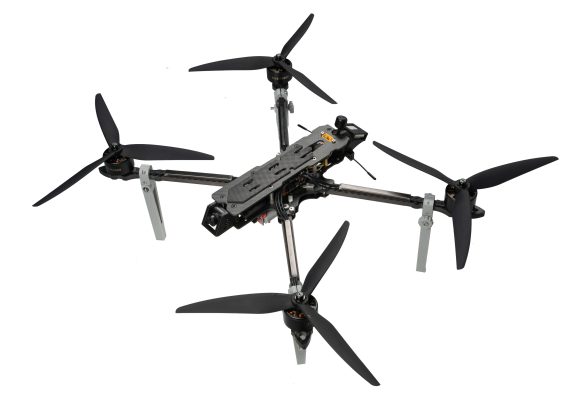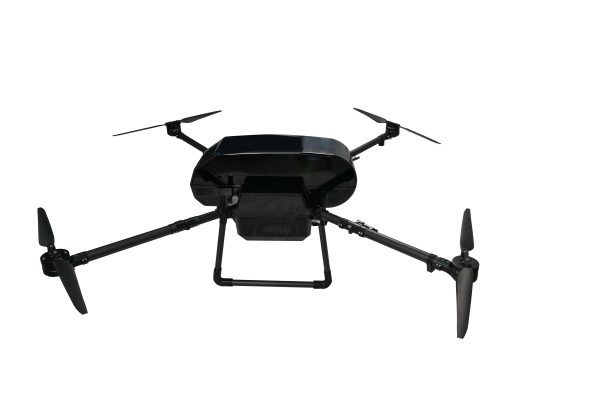Blog
Beginner’s Guide to FPV: Tips for Your First Outdoor Flight
1. Choose a Safe and Open Flying Location
For your first FPV flight, pick a wide, open, and interference-free area. Avoid urban areas with buildings, power lines, or crowds. Ideal spots include open parks, empty fields, or abandoned sites with minimal obstacles.

2. Perform a Thorough Pre-Flight Check
Make sure your flight controller is properly set, batteries are fully charged, props are intact, and your camera angle is comfortable. Check screws for tightness, frame integrity, and receiver signal before every flight.
3. Use Beginner-Friendly Flight Modes
Start with stabilized flight modes like Angle or Horizon to help maintain control. Avoid jumping straight into Acro mode. Set lower sensitivity (rates) and add Expo to reduce sudden inputs, making the drone easier to control.
4. Limit Each Flight to Avoid Fatigue
Keep flight sessions short (3–5 minutes) to avoid pilot fatigue and prevent overheating. Always land with at least 10–15% battery left to ensure a safe return.
5. Practice in Simulators First
Before going outdoors, spend time flying in a simulator to build muscle memory. While not identical to real flight, simulators help develop basic control skills and boost your confidence.
6. Be Ready for Emergencies
If video feed is lost, winds are strong, or battery voltage drops suddenly, land immediately and disconnect power. Learn and test failsafe features ahead of time to ensure the drone reacts safely in critical situations.
7. Stay Calm and Build Confidence Gradually
It’s normal to make mistakes on your first flight. Stay calm, focus on simple maneuvers like hovering and slow forward movement, then gradually move on to more advanced flying as your skills improve.


